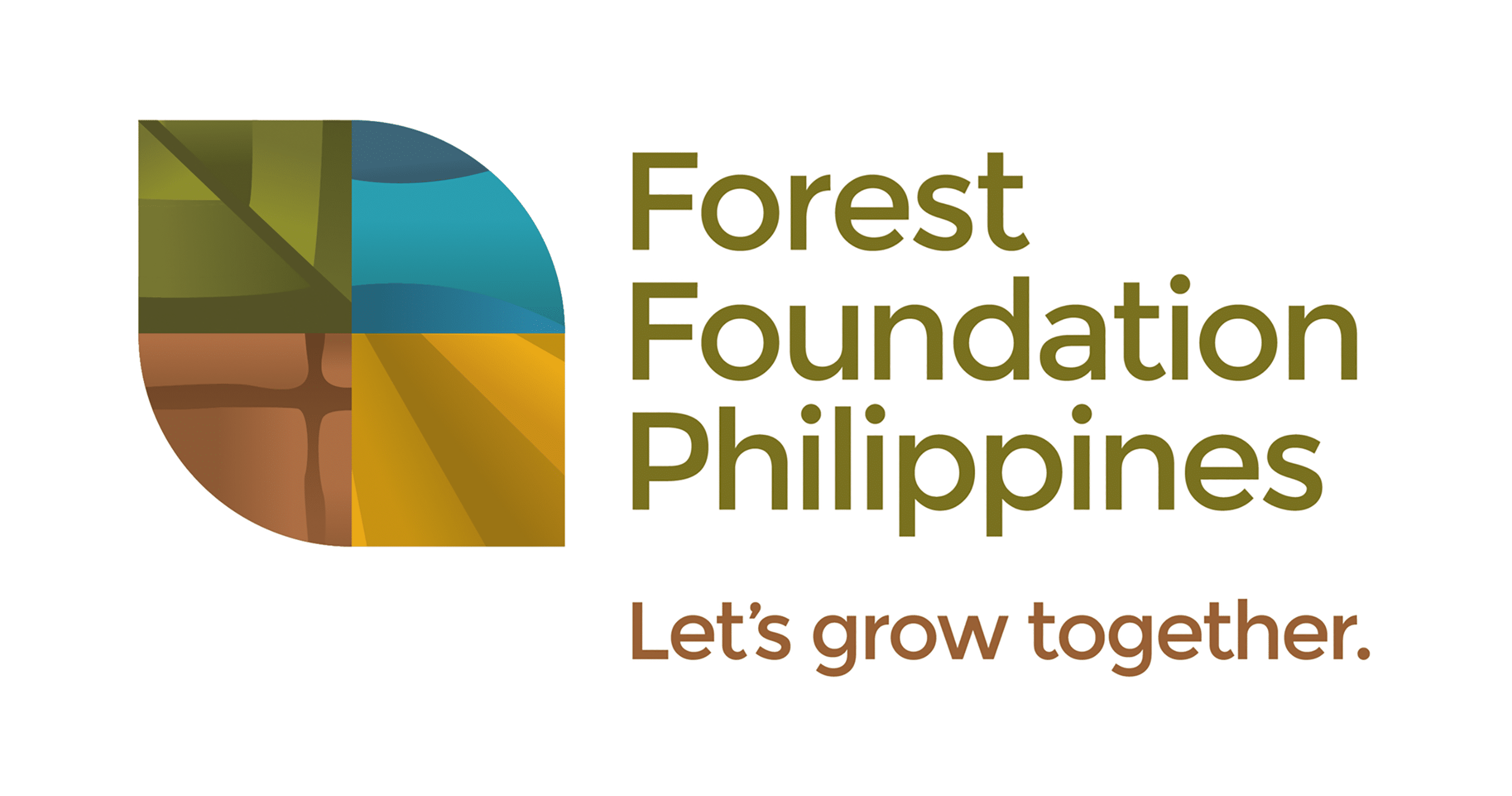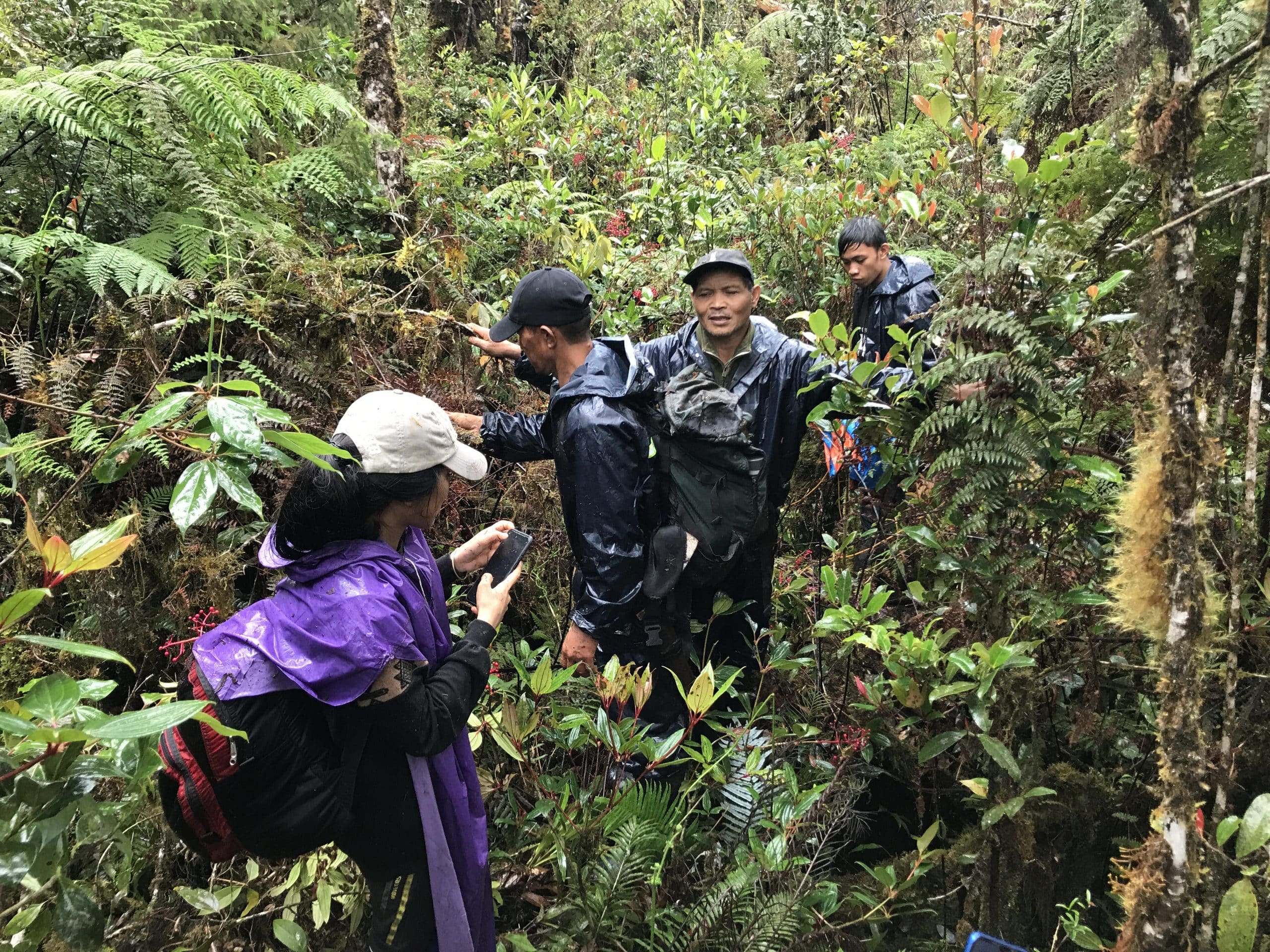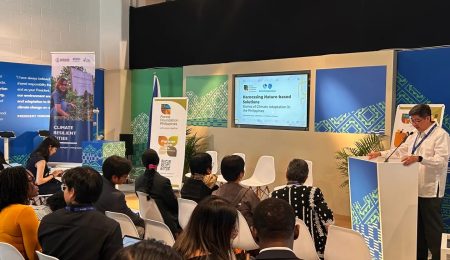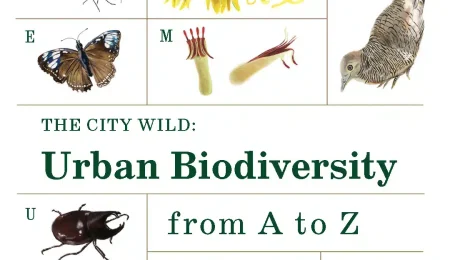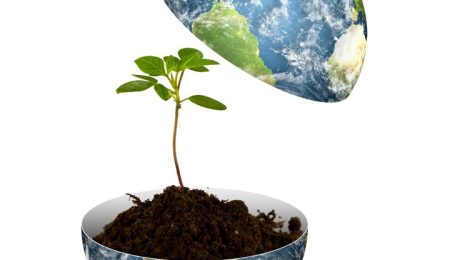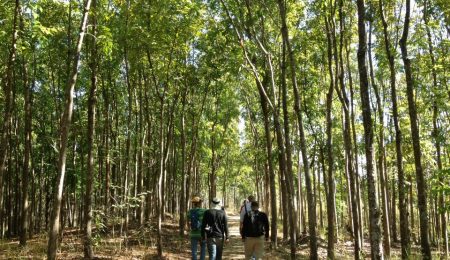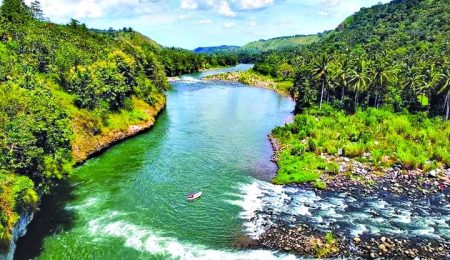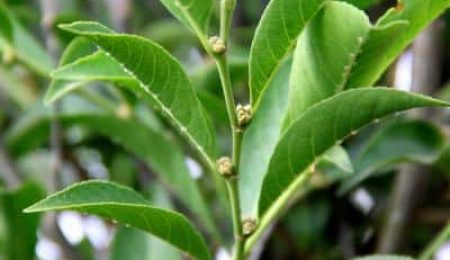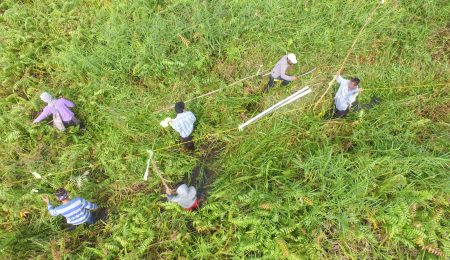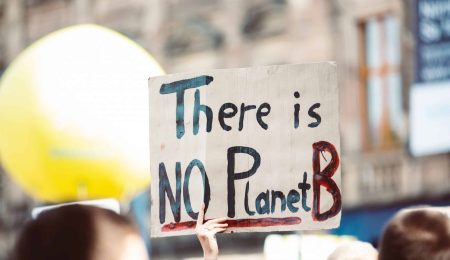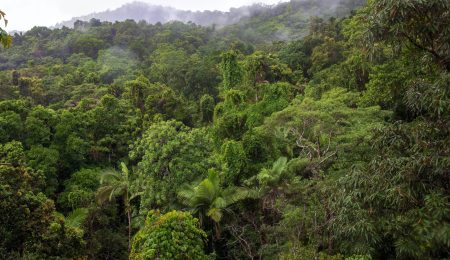Highlights:
- A recent report assessing Community-based Forest Management (CBFM) in the Philippines revealed that CBFM slowed down deforestation and forest fragmentation in the country.
- CBFM is the country’s national strategy to achieve sustainable forestry by implementing Executive Order No. 263 in 1995.
- The Philippines’ long experience in implementing CBFM programs and the lessons drawn from it is a great advantage that can serve as a model for its implementation in other countries.
Community-based Forest Management (CBFM) slowed down deforestation and forest fragmentation in the Philippines. These are the findings of a study funded by the Forest Foundation Philippines to assess the implementation of CBFM in the country.
According to the study conducted by researchers from the UPLB Interdisciplinary Program on Integrated Natural Resources and Environmental Management, the rate of forest loss in the country slowed down from 1988 to 2010. It even reversed from a negative to positive trend between 2010 and 2015. This is a good indication of CBFM’s success as more than 11 percent of total forest cover within classified forestlands in the Philippines are within CBFM areas.
Community-based Forest Management is based on the culmination of policies and legislations in the country to: (1) democratize access to forests and forest resources; (2) improve the upland communities’ socio-economic condition; (3) decentralize and devolve forest and forestland management; and (4) conserve biodiversity and maintain the environmental services of forests and forestlands to both on-site and off-site communities. Over the years, it has evolved from an approach covering small upland farms usually managed by an individual or a family to managing larger forest areas and different land-use mixes.
In 1995, the Philippine Government officially adopted CBFM as its primary strategy for forest conservation through Executive Order No. 263. To strengthen EO No. 263, the DENR executed Administrative Order No. 29 in 2004 to expound rules and regulations among CBFM areas. These include implementing guidelines on production sharing agreements or CBFM Agreement (CBFMA) between the DENR and the participating people’s organizations (POs). CBFMA, an agreement valid for 25 years and renewable for another 25 years, is expected to provide tenurial security and incentives to develop, utilize, and manage certain forestland areas among POs.
Multi-sectoral impacts of CBFM
The Philippines has one of the longest CBFM experiences in Asia. Ground policies and programs that helped institutionalize the CBFM in the country were initiated in the early 1970s. With half a century of experience in implementing this strategy, scientists and scholars have generated sufficient materials to measure the impact of CBFM in retrospect.
Based on the initial assessment of CBFM programs in the country in 2001, social benefits were evident among the communities that inhabit CBFM areas. These include tenure and resource use rights, supplemental livelihood provided by forest products, provision of agricultural inputs, perceived stable and potable water supply, and preservation of cultural values and religious beliefs. The study added that increased knowledge, exposure to other sites, improved income, recognition of community leadership and initiatives, and cultural acceptability are also significant incentives of CBFM.
But perhaps the most significant impact of CBFM, especially in this era of climate crisis, is the program’s considerable contribution to carbon sequestration. Since the Philippines is a humid tropical country, the country’s tree species tend to grow rapidly and possess a high carbon sequestration rate.
Moreover, CBFM is a crucial component in conserving biodiversity in the Philippines. The Philippines is one of the 18 mega-biodiverse countries globally, and its forests have extremely high floral and faunal diversity. People’s organizations play significant roles in conservation, particularly in forest protection. These communities benefit from providing, supporting, and regulating services catered by the forests.
In terms of climate change adaptation, conserving the biodiversity and maintaining the ecological integrity of the forests through CBFM strategies play a vital role in the success of the ridge to reef approach or ecosystem-based adaptation. Intact forest ecosystems absorb and hold water well (including the rainwaters) and thus prevent massive water run-off that causes floods and landslides. The Sierra Madre Mountain Range, for instance, protects the vast region of the country from the onslaught of stronger typhoons and storm surges brought about by climate change.
Challenges and ways forward
Despite the positive impacts of CBFM in many aspects, several challenges still prevailed in implementing the strategy. In its recent assessment, the leaders of CBFM-POs from 75 provinces shared that even though the people’s quality of life had improved from participating in CBFM activities, their income is still insufficient to fully support their family’s needs. As explained by the study, the promotion of livelihood and income among the communities in CBFM areas is undermined by the weak institutional and policy support for sustainable social enterprises. The study implied the crucial role of leadership among CBFM-POs in the Philippines’ sustainability and future of CBFM programs.
The burden of the pandemic also added to the challenges in the smooth implementation of CBFM. Lockdowns have reportedly affected the production activities of the POs. This consequently resulted in a decrease in income of the communities within the CBFM areas. As forest protection activities were put on hold, researchers also observed a surge in illegal activities within the CBFM areas. These include timber poaching, charcoal making, and swidden farming.
Another emerging challenge in implementing CBFM in the country is the decreasing support for community forestry over the years, partially due to other emerging environmental concerns such as climate change and biodiversity degradation. CBFM can be integrated as a key component of the country’s climate change adaptation and mitigation strategy to improve ecosystem and community resilience.
The Philippines’ long experience in implementing CBFM programs and its lessons is a great advantage. It can be used as an opportunity to strengthen and improve this strategy to make CBFM more inclusive, sustainable, and a model framework that other countries can emulate.
Learn more about CBFM and efforts on social forestry by visiting the knowledge platform “Sharing Lessons, Advancing Collective Action in Community Forestry for Asia” or ShareCom For Asia.
Banner image from NTFP-EP
